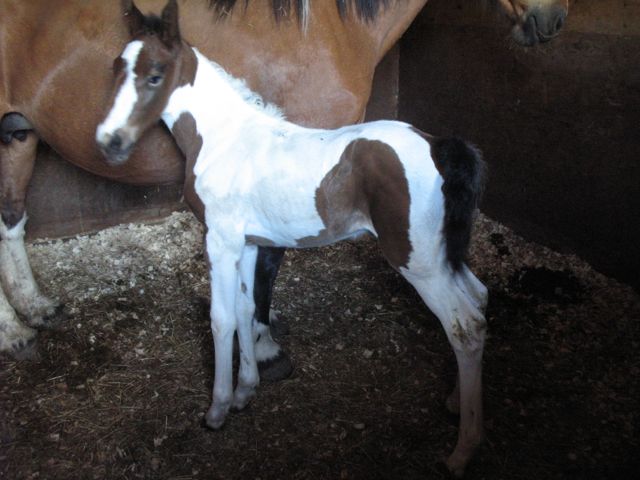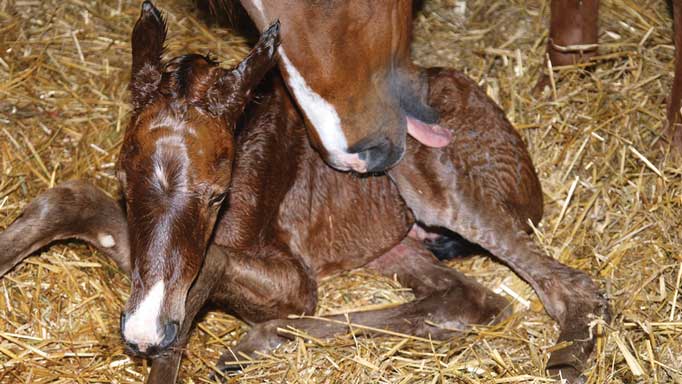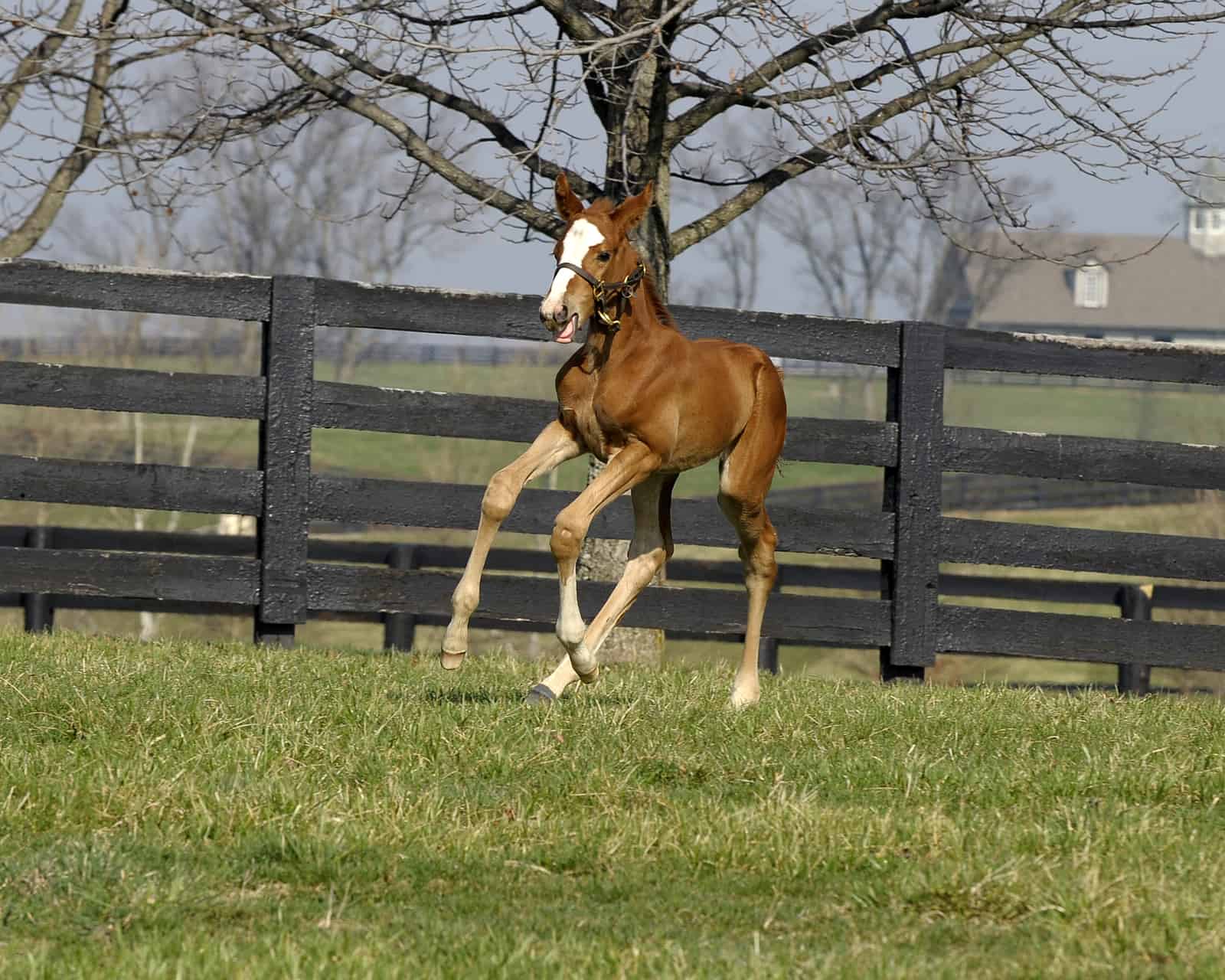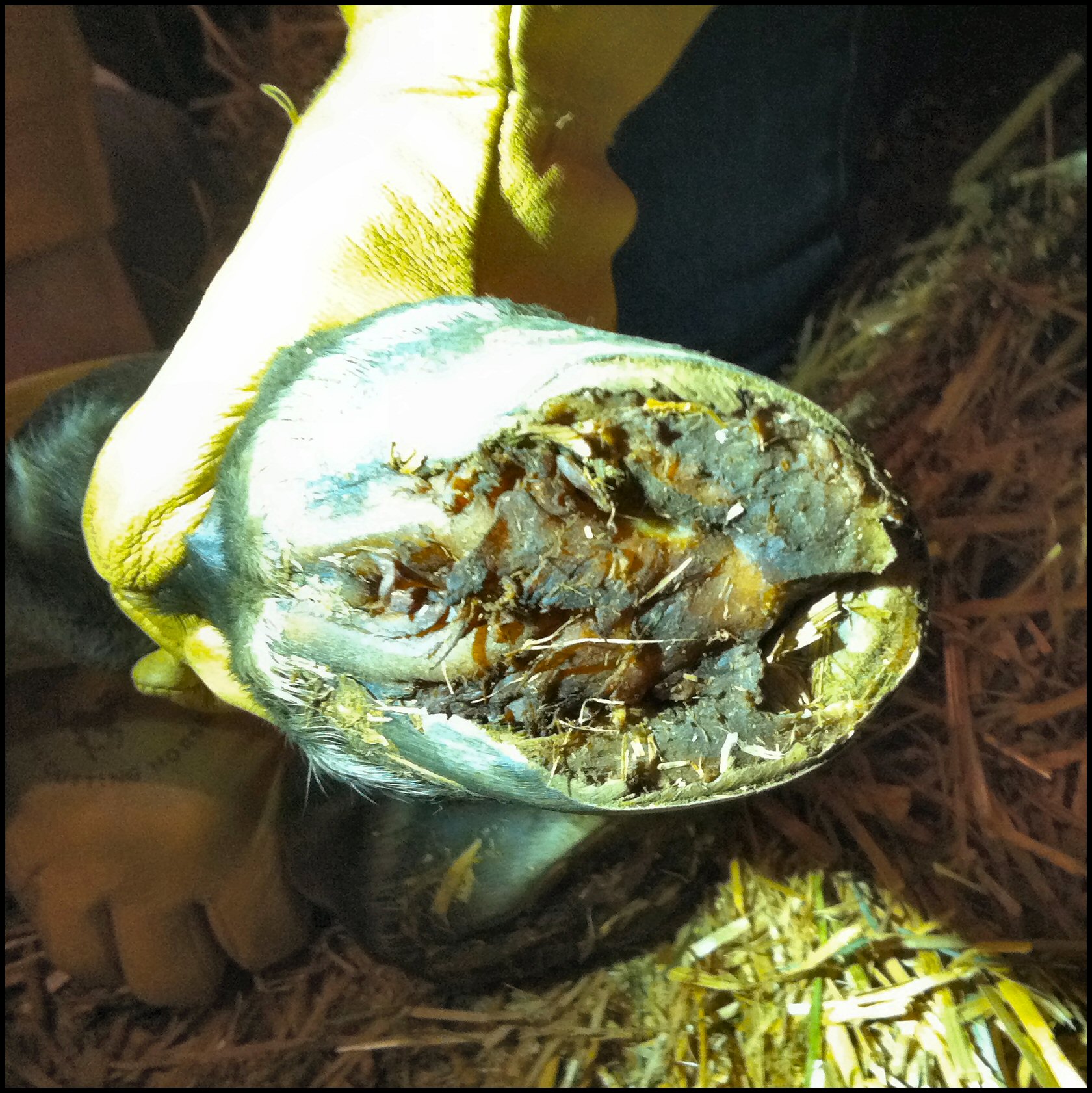Newborn Foal Hooves Pictures


Foal behavior after birth.

Newborn foal hooves pictures. By danielle andrew 04 sep 2015 1656. During late gestation a soft cushion of deciduous transient hoof capsule develops. The foal will usually stand within 30 minutes typically after several failed attempts. This usually means the mother and foal can be in danger and have a limited amount of time to get safely back to the herd.
What youre actually looking at is a foals hoof just minutes after its been born. What am i looking at i hear you cry. Foals hooves need to be treated after birth as well as the. Via fraley equine podiatrys facebook page.
So sorry that you lost a foal. Severe deformities however may not self correct and are likely to limit the horse. As soon as it is steady on its feet often within an hour of birth the foal will attempt to nurse. Teat seeking behavior is persistent even somewhat random because the foal does not know exactly where the teat is located.
Fetlocks flat on the ground hind legs swept sideways forelegs splayed out wide below the knee toes turned in or out. The rubbery sort of fluffy stuff on the bottoms of newborn foal feet are sometimes called fairy slippers among other nicknames as justdressageit said it is normal and it helps the foal pass thru the mares reproductive tract without sharp hoof edges catching on either the inside of the mare or the amnion. This capsule covers the sharp edges of the foals untried hooves protecting both the foal and its mother from injury during birth. When horses are born their hooves are covered in a rubbery layer called a deciduous hoof capsule.
After a foal is born and begins walking this tissue wears off quickly on the ground. This padding is thought to protect the mares uterus from damage during late term pregnancy and foaling. The foals hooves shed this layer shortly after birth to move quickly to safety from predators. Well it took me a minute to figure out too.
Pinterest but to protect the mothers womb and birth canal from being damaged their hooves are covered in the capsule which wears down to a level hoof as the baby takes its first steps. Soft rubbery tissue on the bottom of a newborns hooves is normal. Newborn foals often show a variety of what appear to be limb deformities.








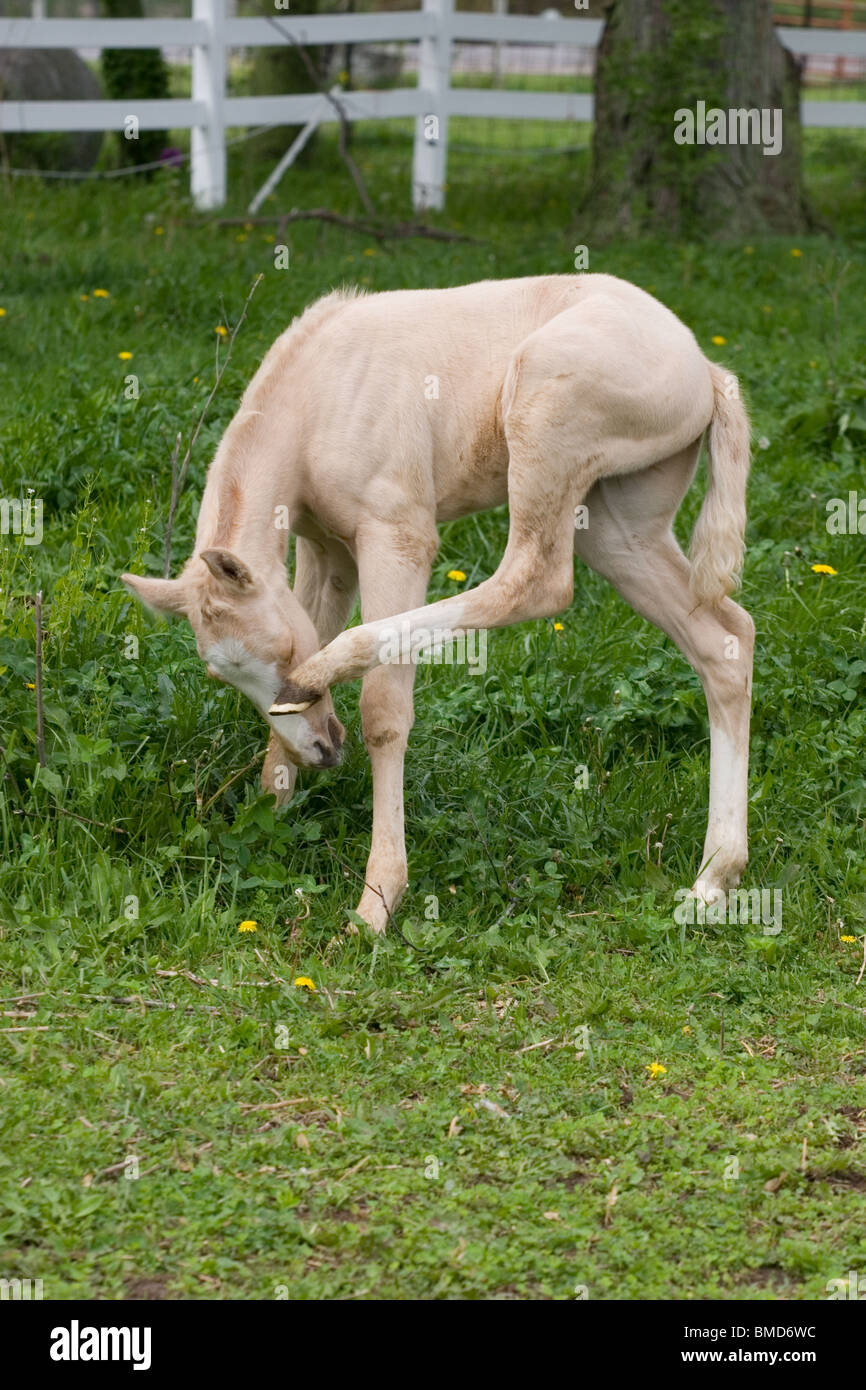




:max_bytes(150000):strip_icc()/a-group-of-galloping-horses-in-an-open-field-186870054-580e13073df78c2c73244966.jpg)
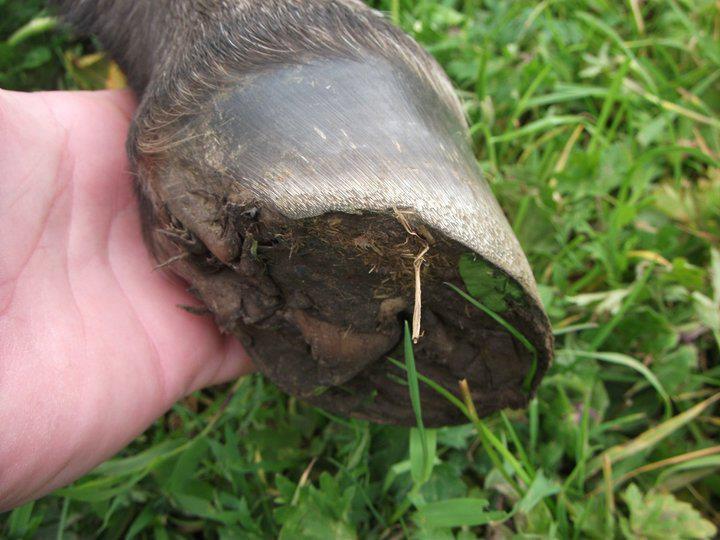


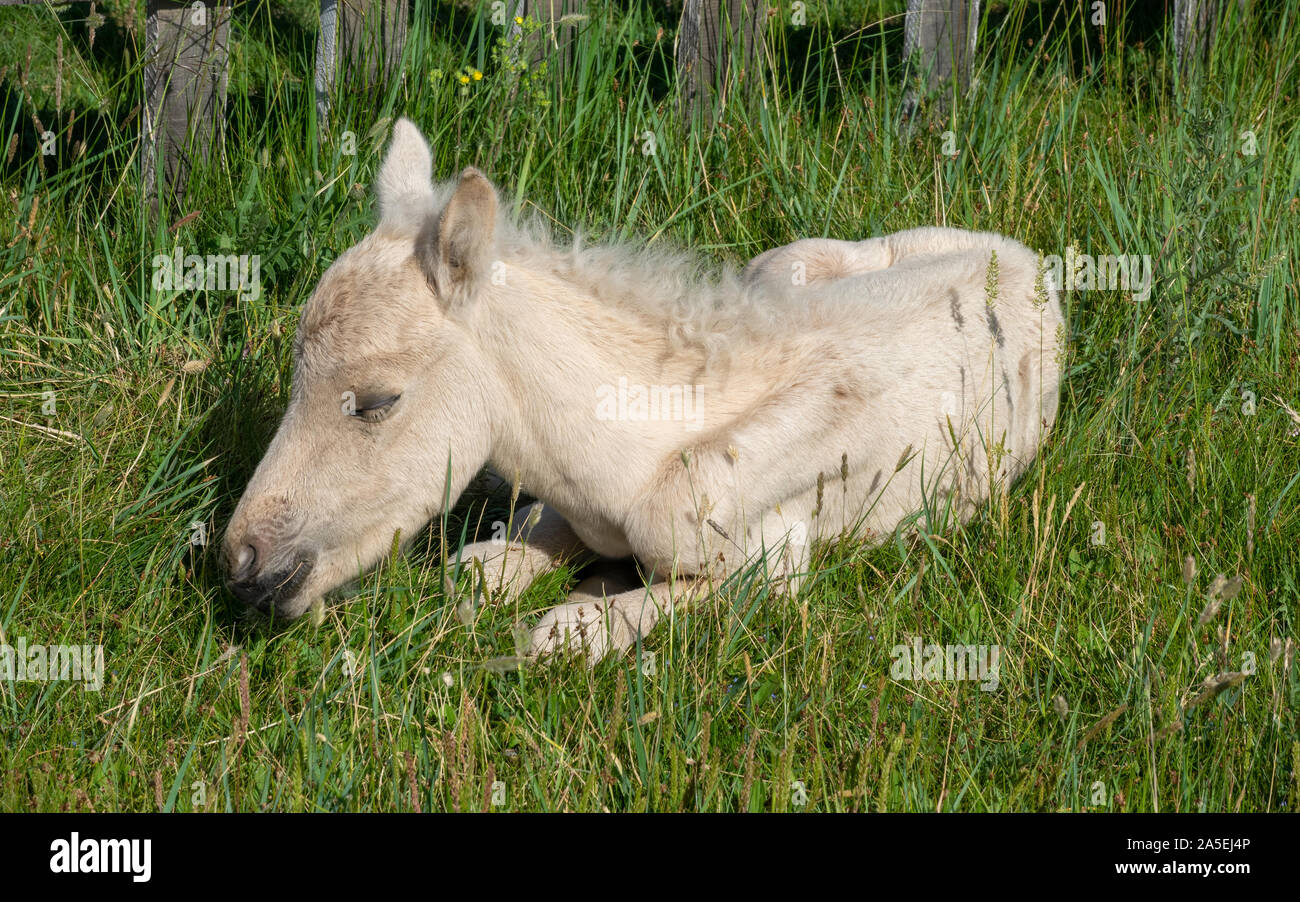

:max_bytes(150000):strip_icc()/a-wild-newborn-colt-equus-caballus-standing-up-being-nuzzled-by-its-mother-foothills-of-reno-nevada-usa-may-596459978-580e12553df78c2c7323a704.jpg)






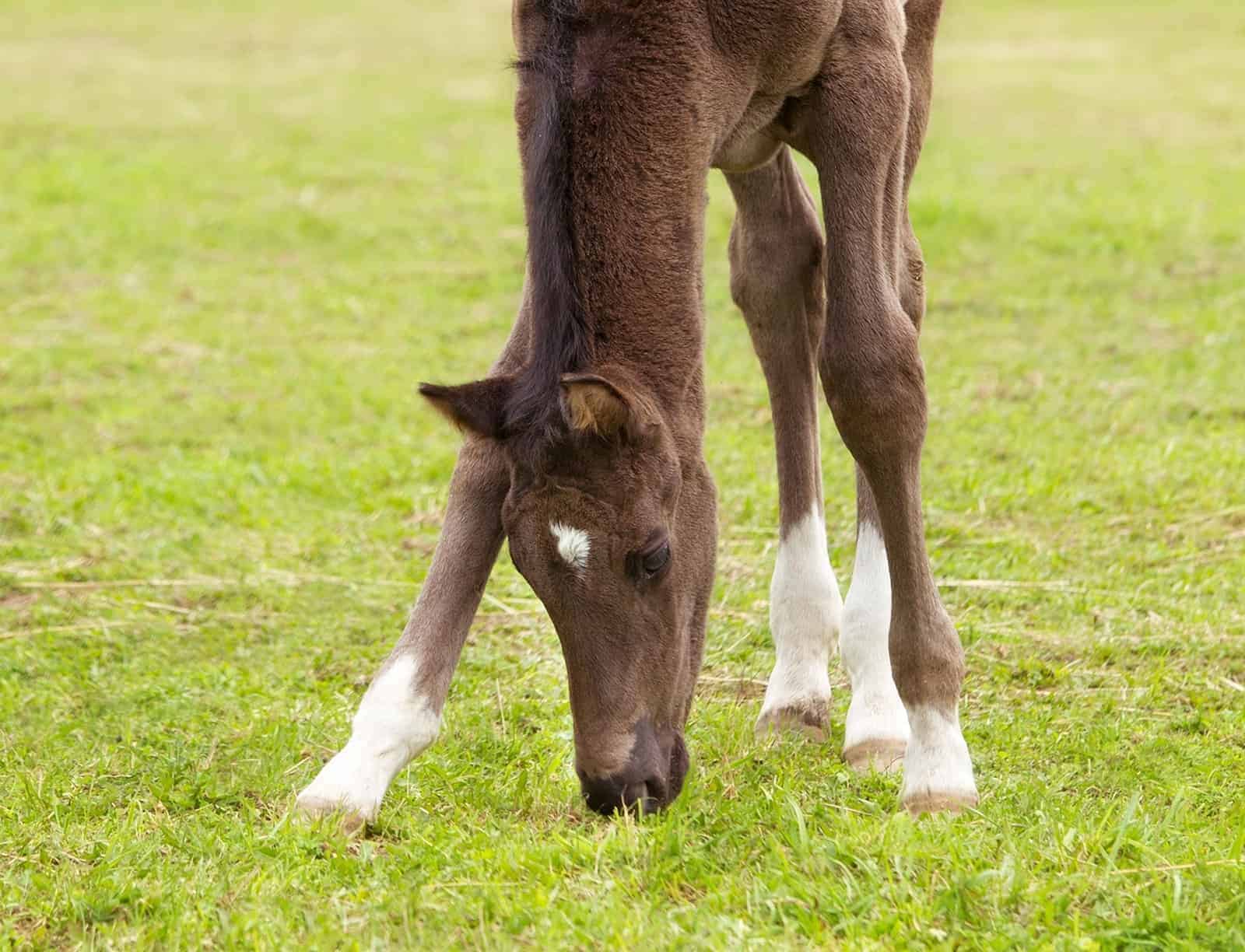



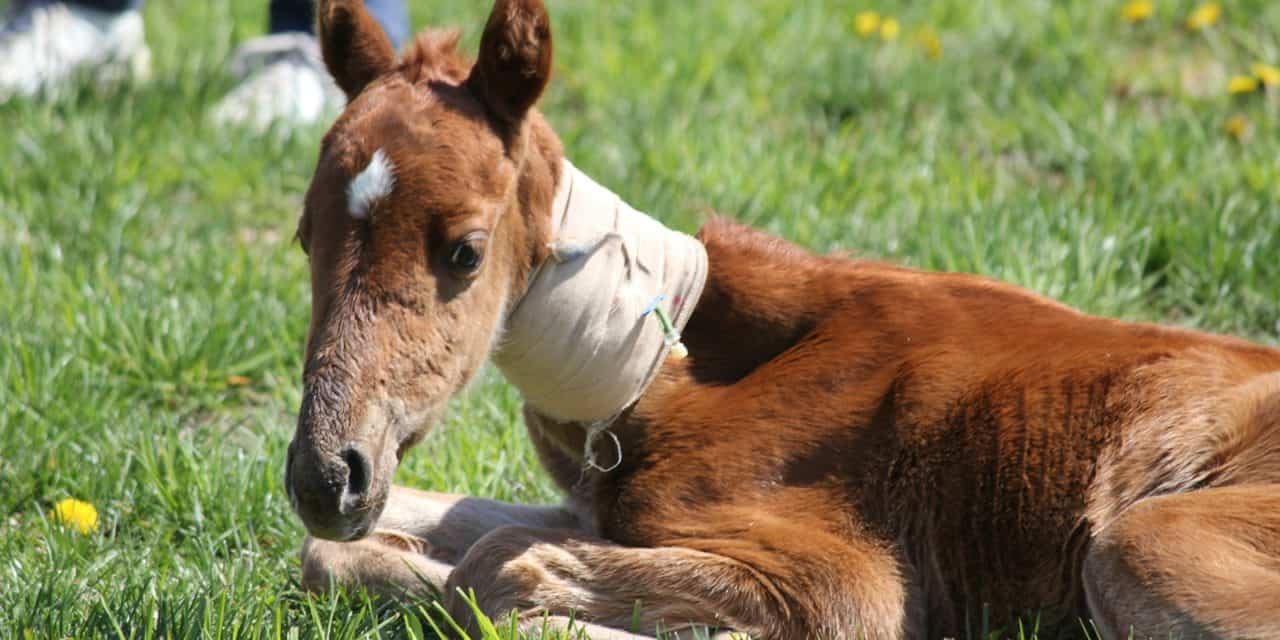
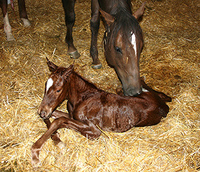

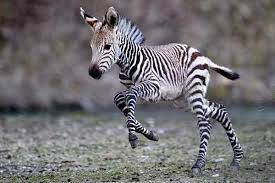


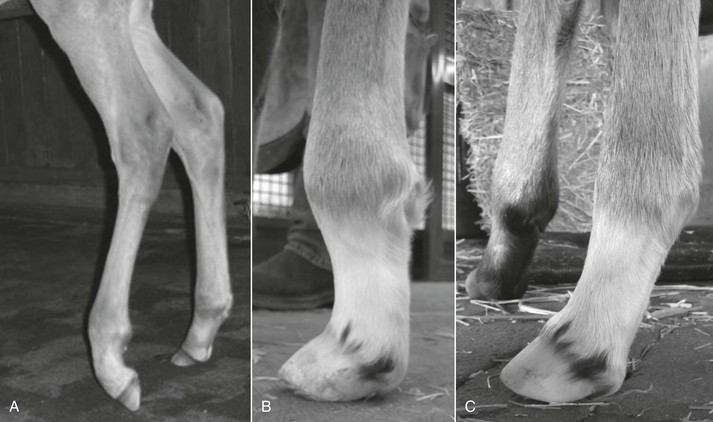











:max_bytes(150000):strip_icc()/newborn-foal-528655810-580e159c3df78c2c73282caa.jpg)



















